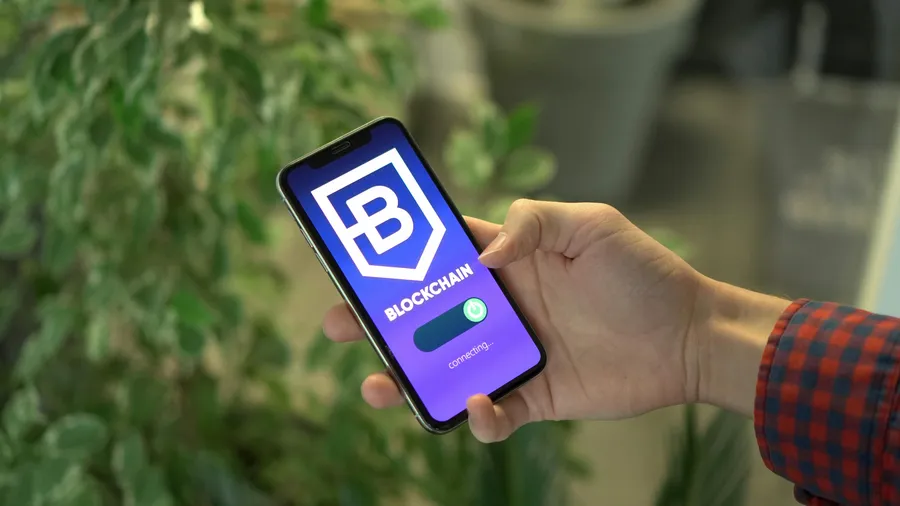How Does MakerDAO (MKR) Cryptocurrency Token Work? — MakerDAO, Stablecoins, DeFi

Title: Unmasking MakerDAO: The Untold Secrets Behind Its Crypto Magic
Subheading: A Hard-Hitting Guide to Understanding How MakerDAO Really Works
Introduction: Hey there, fellow crypto enthusiasts! I’m Valerii Wilson, a seasoned security expert with over a decade in the wild world of blockchain. If you’ve ever stumbled upon MakerDAO and found yourself intrigued by those mysterious DAI stablecoins, buckle up for a no-holds-barred exploration into how this DeFi juggernaut really ticks. We’ll unravel its secrets, expose its vulnerabilities, and arm you with the knowledge needed to navigate these treacherous crypto waters. Let’s dive in!
MakerDAO is like that friend who always has your back but also loves playing mind games. On one hand, it offers a stablecoin called DAI—an ingenious creation that maintains its $1 peg despite the volatile crypto market. It does this by using collateral, primarily Ether (ETH), as insurance against potential fluctuations.
On the other hand, MakerDAO’s smart contracts are notorious for their complexity and vulnerability to exploits. Remember when flash loan attacks turned some users into overnight millionaires? Yep, that was all thanks to MakerDAO’s quirky design.
DAI is the ultimate chameleon of the crypto world—it masquerades as a stablecoin but has the inherent volatility of ETH lurking beneath its surface. To generate DAI, users deposit collateral (like ETH) into MakerDAO’s system and receive an equivalent amount of DAI tokens.
The interesting part? If the value of your collateral drops below a certain threshold, you risk getting liquidated—a process that often leaves users feeling like they just lost their entire life savings in one fell swoop. It’s like playing a high-stakes game of Jenga where the blocks have minds of their own.
MakerDAO’s smart contracts are as complex as they come, making them prone to errors and exploits. Remember the infamous flash loan attack in 2020 when hackers drained $7 million worth of ETH from the platform? That’s what happens when you give someone a Swiss Army Knife with an exploding blade feature—eventually, someone will figure out how to pull it off.
To add fuel to the fire, there have been instances where users accidentally leaked their private keys on social media, inviting scammers and hackers to clean up their digital messes. It’s like leaving your front door wide open during a zombie apocalypse—not smart!
As with any decentralized system, there’s no one to blame but ourselves when things go awry. Here are three hard-earned lessons learned from MakerDAO’s journey so far:
- Diversify your collateral: Don’t put all your eggs in the ETH basket—consider using multiple types of assets as collateral to spread risk and ensure your DAI survival.
- Keep your keys safe: Never share private key info publicly or via unsecured channels. Treat those keys like they house your life savings (because they do!).
- Understand the risks: DeFi is not for the faint-hearted. Always stay up-to-date on the latest hacks, bugs, and vulnerabilities to make informed decisions.
MakerDAO might be a pioneer in the world of DeFi, but that doesn’t mean it’s invincible. Its complex smart contracts, volatile collateralization model, and susceptibility to exploits serve as cautionary tales for both newbies and veterans alike.
So next time you find yourself drawn to the allure of DAI or any other DeFi project, remember: always stay vigilant, question everything, and don’t be afraid to ask for help from seasoned experts like yours truly! Happy exploring, fellow crypto adventurers!









